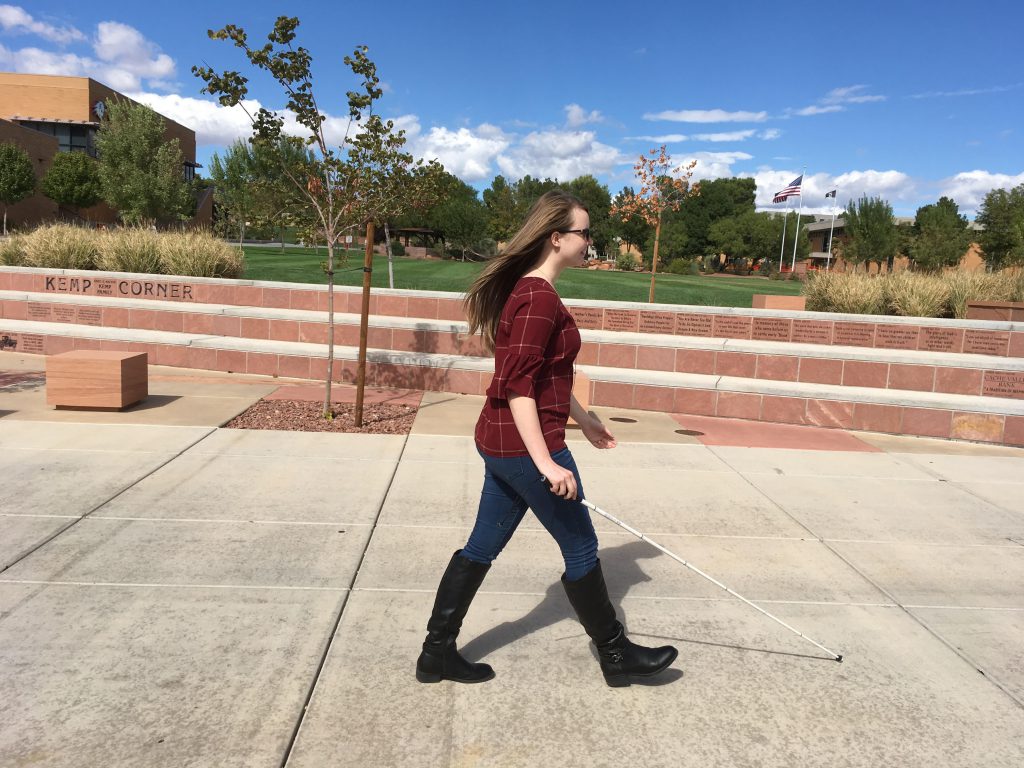As I sat waiting for my doctor to enter the exam room, I looked around at the various pieces of medical equipment situated around me and wondered what more I could be in for.
At age 26, I had already survived an encounter with carcinoid cancer. Life should have been going uphill after the surgery. But the exhaustion and depression that originally came with a false Epstein-Barr virus diagnosis and then with the realization that cancer had taken up residency in one of my ovaries just wouldn’t go away.
So when my doctor said the words “celiac disease,” I felt both relief at finally knowing what was wrong and defeat at finding yet another flaw in my already tired body.
It was also an official bye-bye to gluten. And despite what seems to be hundreds of celebrities endorsing such dietary restrictions, gluten-free diets are not really healthy at all.
Gluten, a mixture of two proteins found in grains such as wheat, barley and rye, damages and deteriorates the small intestine linings of those suffering with celiac disease. Because of this, people with celiac disease are often malnourished; they can’t absorb nutrients. Adopting a gluten-free diet is the only medical option for celiac disease at this time.
For me, eating gluten-free is a constant struggle of double and triple checking ingredients, asking restaurant servers seemingly obnoxious questions (I get the side-eye regularly), and skipping out on many social gatherings so I don’t have to deal with telling people why I can’t eat the food they’ve offered me (it’s not because I don’t want to!).
As I’ve adjusted to my regimented lifestyle, I can’t help but notice the people around me who choose to eat gluten-free, not because they’re medically required to do so, but as part of a “healthy diet.”
In a recent poll by Gallup, “one in five Americans say they actively try to include gluten-free foods in their diet.”
The number of Americans trying to live gluten-free — because gluten is supposedly unhealthy — dwarfs the 1 percent of the population who have celiac disease.
With the popularity of the gluten-free diet skyrocketing, the number of replacement products continues to get bigger and bigger. Not that long ago, people in my situation had only slim pickings to choose from. But now, I can pop into a grocery store and find fully stocked aisles of gluten-free breads, cereals, pastries and more.
In an article discussing the benefits of going gluten-free, Stephanie Sindicich of onegreenplanet.org listed getting a greater amount of vitamins and antioxidants, easily losing weight, and discovering “boundless alternatives” to gluten-containing foods.
Sindicich may be correct about all the replacements, but you can’t just remove gluten from food without some negative side effects. Gluten is a thickener and a binder; it’s what makes bread so fluffy and gives cookies that chewy texture. Gluten-free products are made with potato starch, rice starch or something similar to replace the gluten. These starches contain little to none of the vitamins, minerals and fiber found in whole grains like wheat, barley and rye.
Most of the gluten-free products I look at while grocery shopping are just as unhealthy as their wheat-based counterparts. As for easily losing weight, I know I’ve gone up in pounds in part from the extra calories and carbs found in gluten-free products. Getting on the scale has not been fun these past months.
There is no benefit in adhering to the gluten-free diet if you are not medically required to do so. Rather than wasting money on expensive gluten-free replacements, you would be wise to instead invest in eating both naturally gluten-free foods and healthy gluten options and in cutting out or limiting refined foods and sugary treats.
Enjoy your gluten if you can. I’ll be looking at you jealously from the gluten-free aisle.



